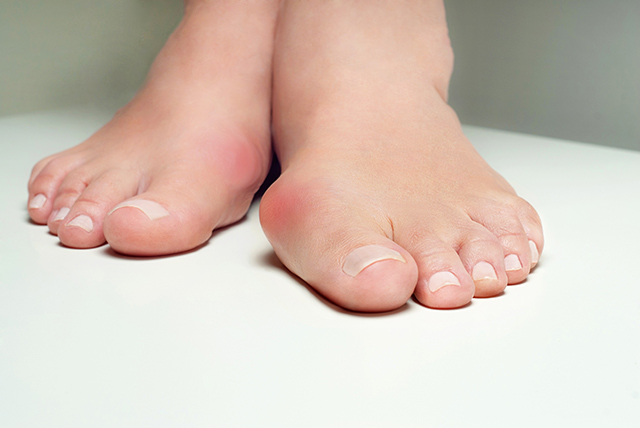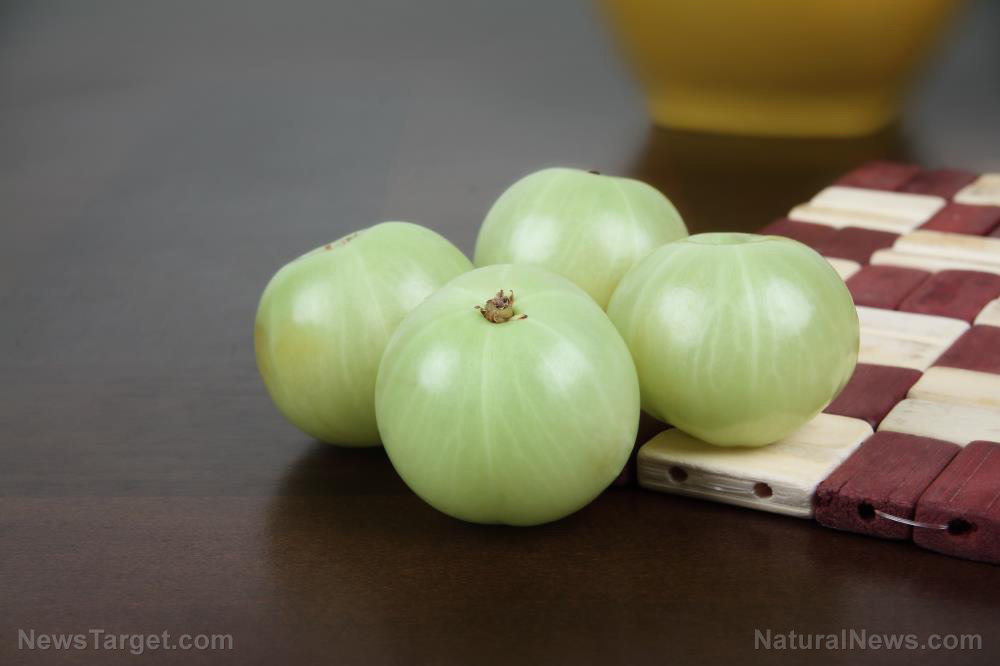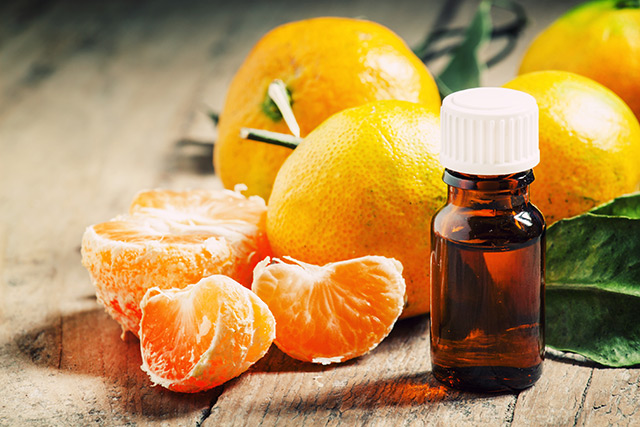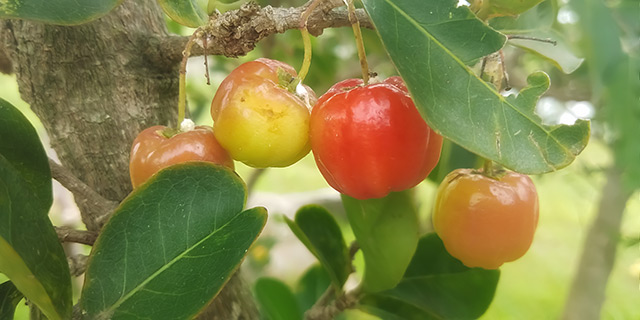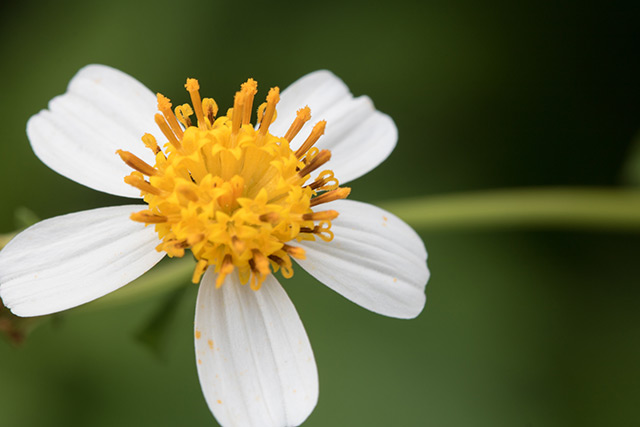Top 10 natural ways to protect your skin from sun damage
07/17/2015 / By Greg White
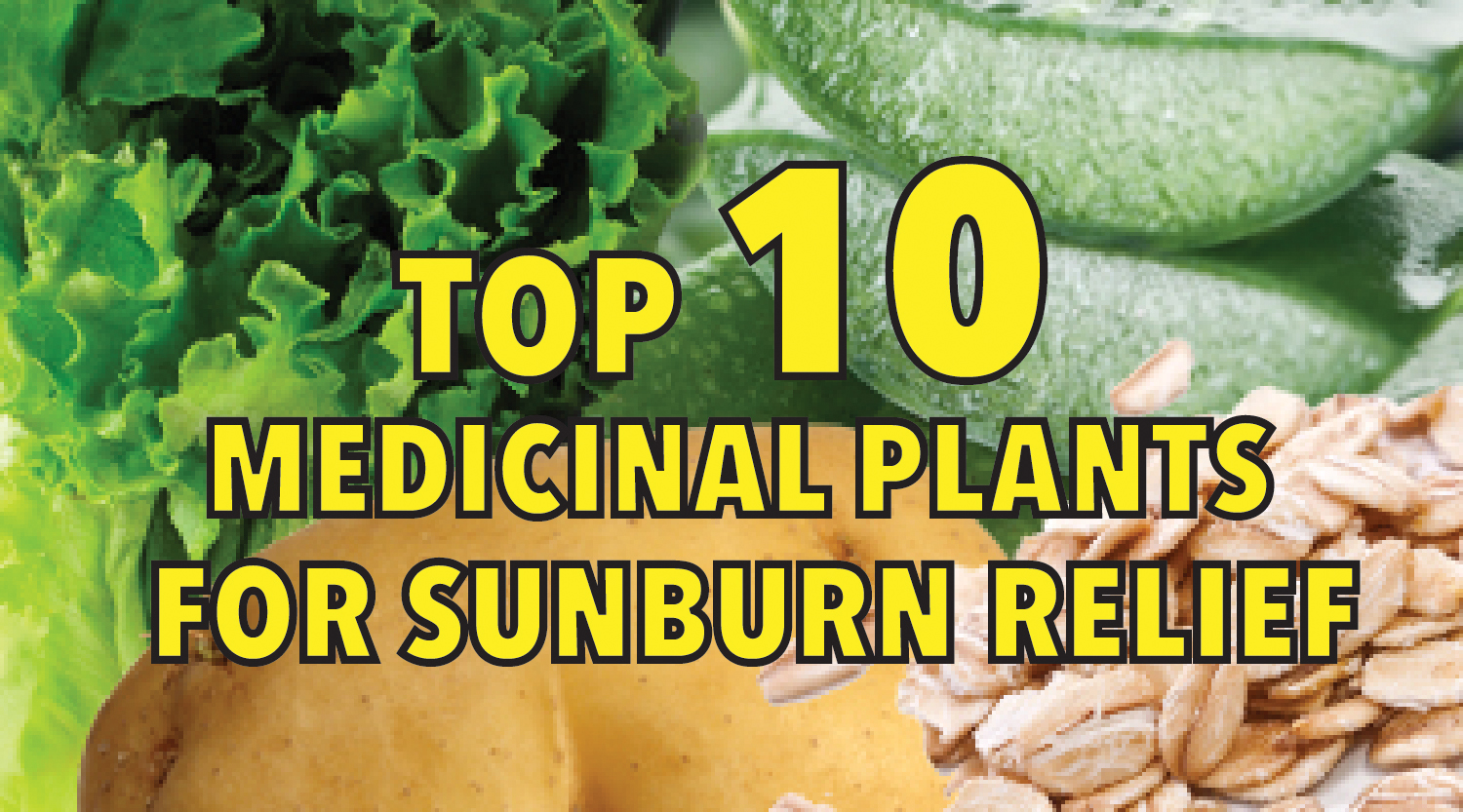
The sun is the source of life. It provides warmth, energy and vitamin D. Although the sun is the source of life, it is also a nuclear fire ball that showers the earth with ultraviolet (UV) radiation. Prolonged exposure to the sun can cause brown spots, sun burns, wrinkles and skin cancer — the most common cancer in the United States. The UV rays release free radicals in your body, which damage DNA and lead to the proliferation of cancer cells. While there are plenty of sunscreen products to choose from, eating a diet full of skin-protecting nutrients is the best defense against skin damage from the sun. Protect your skin with these natural resources.
1. Astaxanthin
Astaxanthin is an extremely powerful algae-based antioxidant. The antioxidants come directly from the algae that protect themselves from UV rays whenever their habitat runs dry. It’s been repeatedly shown to combat all the tell-tale signs of skin damage from the sun, including brown spots, sun burns, wrinkles, fine lines and skin cancer. Researchers are now exploring astaxanthin as a sunscreen option due to its ultraviolet-light-absorbing properties. Human studies have shown that consuming 6 milligrams of astaxanthin per day for six to eight weeks can significantly reduce crow’s feet and the size of age spots while improving skin elasticity and texture. When it comes to protecting your skin from UV rays naturally, astaxanthin is the way to go.
2. Beta-carotene
Beta-carotene is an antioxidant that gives vegetables and fruits, most notably carrots, their color. Once ingested, the body converts beta-carotene into vitamin A. As an antioxidant, beta-carotene protects the body from free radicals, which are often fueled by over exposure to the sun. Studies have shown that people who eat four or more serving of fruits and vegetables high in beta-carotene per day significantly reduce their risk for various cancers. In addition, beta-carotene can be used to make people less sensitive to the sun. It’s easy to add more beta-carotene to your diet with carrots, sweet potatoes, red peppers and broccoli.
Mother Nature's micronutrient secret: Organic Broccoli Sprout Capsules now available, delivering 280mg of high-density nutrition, including the extraordinary "sulforaphane" and "glucosinolate" nutrients found only in cruciferous healing foods. Every lot laboratory tested. See availability here.
3. Lycopene
Lycopene is a phytonutrient found in red fruits and vegetables including tomatoes, grapefruit and watermelon. The pigment acts as an antioxidant which, as noted earlier, protects against free radicals. A number of studies have demonstrated that lycopene has a variety of health benefits, including skin protection. For example, a study presented at the British Society of Investigative Dermatology involving 20 people found that participants who consumed tomato paste had 33 percent greater protection against sunburns than participants who did not consume tomato paste. The researchers attribute the benefits of the tomato paste to its lycopene content, which is able to neutralize free radicals. If you want to prevent your skin from becoming red, try eating a red tomato.
4. Cucumbers
Cucumbers are packed with nutrients, including water, potassium, sulfate and vitamins A and C, that can help protect the skin in face of the scorching sun. In particular, the vitamin A and caffeic acid, two antioxidants in cucumbers, work together to protect against sun damage. Cucumbers have a high water content too, which helps keep the skin cool. The silica in cucumber skin also helps keep your own skin firm. In addition, cucumber extract can help neutralize free radicals, which can accelerate the aging process, especially when skin is exposed to the sun. It’s easy to make cucumbers into a facial mask at home.
5. Vitamin D
The sun is the primary source of vitamin D, but you can reduce your sun exposure with alternative sources of vitamin D. Nearly all cells in the human body have vitamin D receptors; they play a critical role in boosting the immune system. Nevertheless, vitamin D deficiency is a major problem for many Americans. You can increase your vitamin D intake with various foods including cow’s milk, eggs, shiitake mushrooms, salmon and cod liver oil. While these foods are a healthy source of vitamin D, they should not be used as a supplement for the sun.
6. Lutein
Lutein is classified as a carotenoid, which is a group of powerful antioxidants. This yellow-colored compound helps protects both the eyes and skin from UV damage. High concentrations of lutein can be found in dark, leafy green vegetables including spinach, kale, peas and broccoli. It can be applied as a tropical cream or ointment and has no known dangerous side effects.
7. Omega-3 fatty acids
Omega-3 fatty acids ensure that cells function properly and are essential to a healthy, well rounded diet. It should therefore come as no surprise that omega-3s also reduce the risk of skin cancer. Animal studies have shown that omega-3 fatty acids prevent cancerous changes from occurring after skin is exposed to UV rays, including the growth and spread of tumors. The body does not make omega-3 fatty acids, so it is important to incorporate them into your diet. Healthy sources for omega-3 fatty acids include walnuts, kidney beans, berries and wild salmon.
8. Epigallocatechin gallate (ECGC)
ECGC is one of the most powerful antioxidants on the planet. It’s the compound that put green tea on the health scene. As a rich source for vitamins C and E, multiple studies have attested that green tea can reduce the risk of multiple cancers, including skin cancer. In fact, a study showed that people who consumed a cup of green tea a day, along with a Mediterranean diet, had lower incidences of melanoma than those who did not consume green tea. In addition, the ECGC in green tea can reactivate dying skin cells and may pave way for new skin care treatments. It’s also a delicious way to quench your thirst during a hot summer day.
9. Proanthocyanidins
Proanthocyanidins are a group of compounds known for their antioxidant and anti-inflammatory properties. They’ve been shown to have anti-skin-cancer effects. Proanthocyanidins in grape seed extract promote tissue elasticity. It strengthens blood vessels and helps replenish cells with oxygen. In addition, research published in the journal BMC Complementary and Alternative Medicine reports that grape seed proanthocyanidins can help prevent squamous skin cancer cells from invading healthy noncancerous cells. Proanthocyanidins are found in teas, cranberries, grapes and red wines.
10. Selenium
Selenium is an essential mineral that acts as an antioxidant, especially when mixed with vitamin D. Multiple studies have shown that selenium plays an essential role in preventing skin cancer. It’s also tied to skin elasticity and can prevent skin damage from free radicals. The recommended daily intake of selenium is 50 to 100 micrograms. Sources for selenium include mushrooms, sunflower seeds, Brazil nuts and shellfish.
The skin is the largest organ in the human body, so it is importance that you take active steps to protect it. The sun can cause long-term damage to your skin both internally and externally. With the right diet, you can naturally protect your skin from sun damage. Just remember to use these herbs to prevent a sunburn.
Sources include:
http://www.medicalnewstoday.com
http://www.healthaliciousness.com
Tagged Under: natural solutions, nutrition, skin health, sun damage




